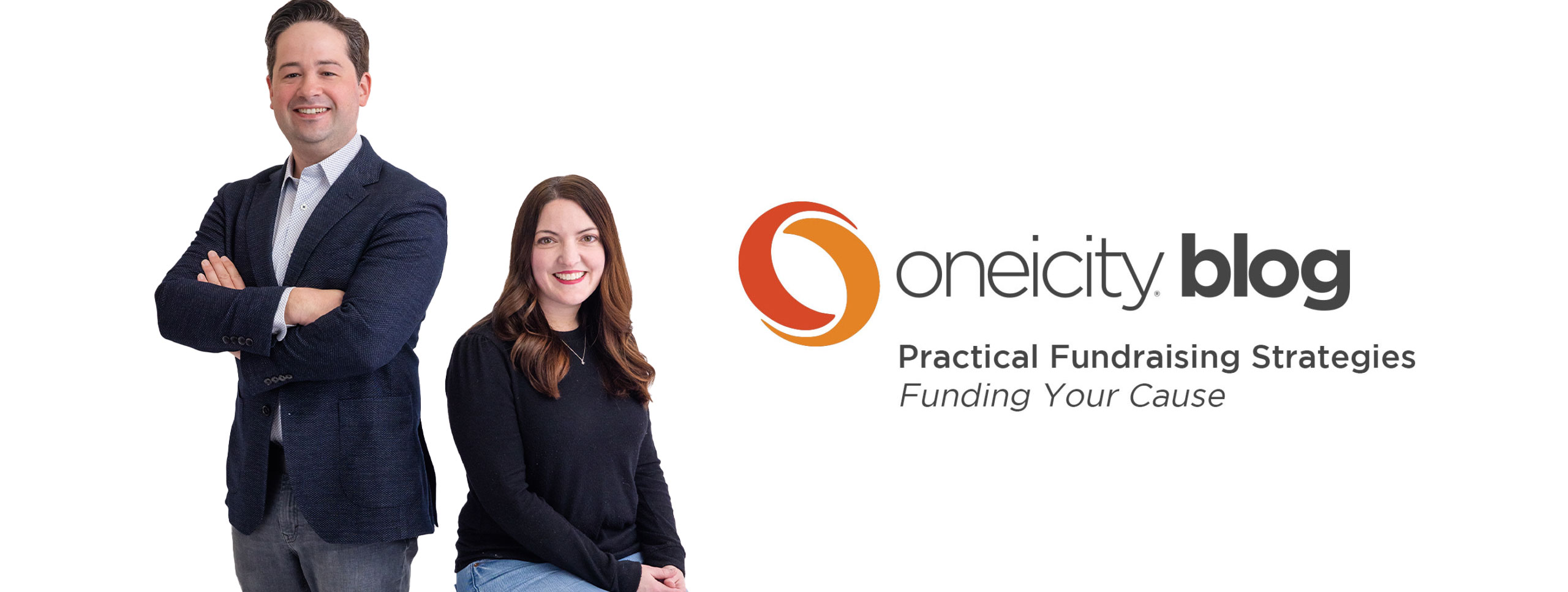Here are 2 things to consider before you ever communicate with a donor.
First, what are you asking the donor to do? That’s the Call to Action (CTA) or sometimes I call it “the Ask” since that’s what you’re doing, asking the donor to do something. Let’s use CTA for this post.
There’s a ton we could talk about here. The CTA is arguably the second most important communication with a donor (see below for the Most Important). Ideally, it’s one thing or maybe 2 or 3 possible actions if they’re all connected. Remember the name of the game is to not throw so many options at the donor that they can’t decide. And any CTAs need to be unified around the central theme of the impact.
Let’s talk through an easy one: a direct mail impact and say our CTA is “give a gift.”
I always begin with some questions:
What size gift? Ideally you have some donor history to work from and can marry the ask to the donor’s prior giving behavior. With donor history to work from, we’ll often give the donor 3 choices of giving amounts: one that is on target to their giving history, one that is larger and one that is less. There’s some serious behavioral science behind these amounts and the order we present them to the donor. And remember, all of that’s one CTA: “giving a gift.”
Other appropriate CTAs to connect with the “giving a gift” CTA might be: share the need with a friend (works great in emails and digital platforms);
a volunteer opportunity connected to the need;
a tour opportunity centered in the need you’ve asked them to help with.
See how it works?
Focus any CTA on the need that doesn’t divert them to some other thought process.
And for heaven’s sake don’t give them a bunch of unconnected CTAs to pick from. Paralysis of choice is a real thing.
Now, how do you want them to give the gift? I know a big stack of Benjamins would be ideal, but that’s not convenient for tax purposes or probably for your accounting team. Let’s assume a check.
Are you going to have a Response Device? Is your Response Device personalized? (Personalized Response Devices have higher response rates than those cheapo fill-in-the-blank ones).
Do you provide a return envelope?
Oh…and hey there’s this online thing called the Internet! You’ve got a website. Does it matter to you if they give a gift online rather than digging up their checkbook? If not, then be sure they know where to go and plunk down their credit card on your website. (Your giving page does work, right?).
If we’ve sorted out these basic questions, you can move to the second question…
If the donor responds: gives a gift, volunteers, attends your event, whatever your CTA was, how will you respond?
Again, taking the easy, common situation, it’s a direct mail impact via check with the possibility of a credit card gift online at your website.
Following a gift (or really any positive response to a CTA) you should respond by validating the donor. This is arguably the most important communication to a donor. We call this “validation” for a reason. Feel free to use the magic words “thank you,” but don’t fool yourself, a donor must understand and appreciate the impact of their gift through validation.
Think about what you could say in response to the donor’s action that makes sure the donor realizes they made a great decision. Gratitude simply isn’t enough.
Many organizations don’t update and refresh their Thank You/Receipt language. That can be a huge mistake. Donors should get a validation of their gift with as many specifics as possible..
A great test is to look at your Validation/Thank You copy and decide if someone who gave a gift would know you knew what they’d given the gift to do. So often that Thank You/Validation language gets bland and non-specific. Avoid laziness in this most important communication.
Once you’ve sorted out the CTA and Validation, you’re ready to write a wonderful communication with your donor. Clarity on the CTA and the Validation will improve donor relationships and your income. It’s worth taking an extra step or two.
What about you? Have you ever started with the end in mind on fundraising? I’d love to know what you think.
If you’re not getting our email newsletter with information about this blog, you’re missing out on some of the good stuff. You can sign up here. Have no fear, I’ll never sell you out or spam you.

